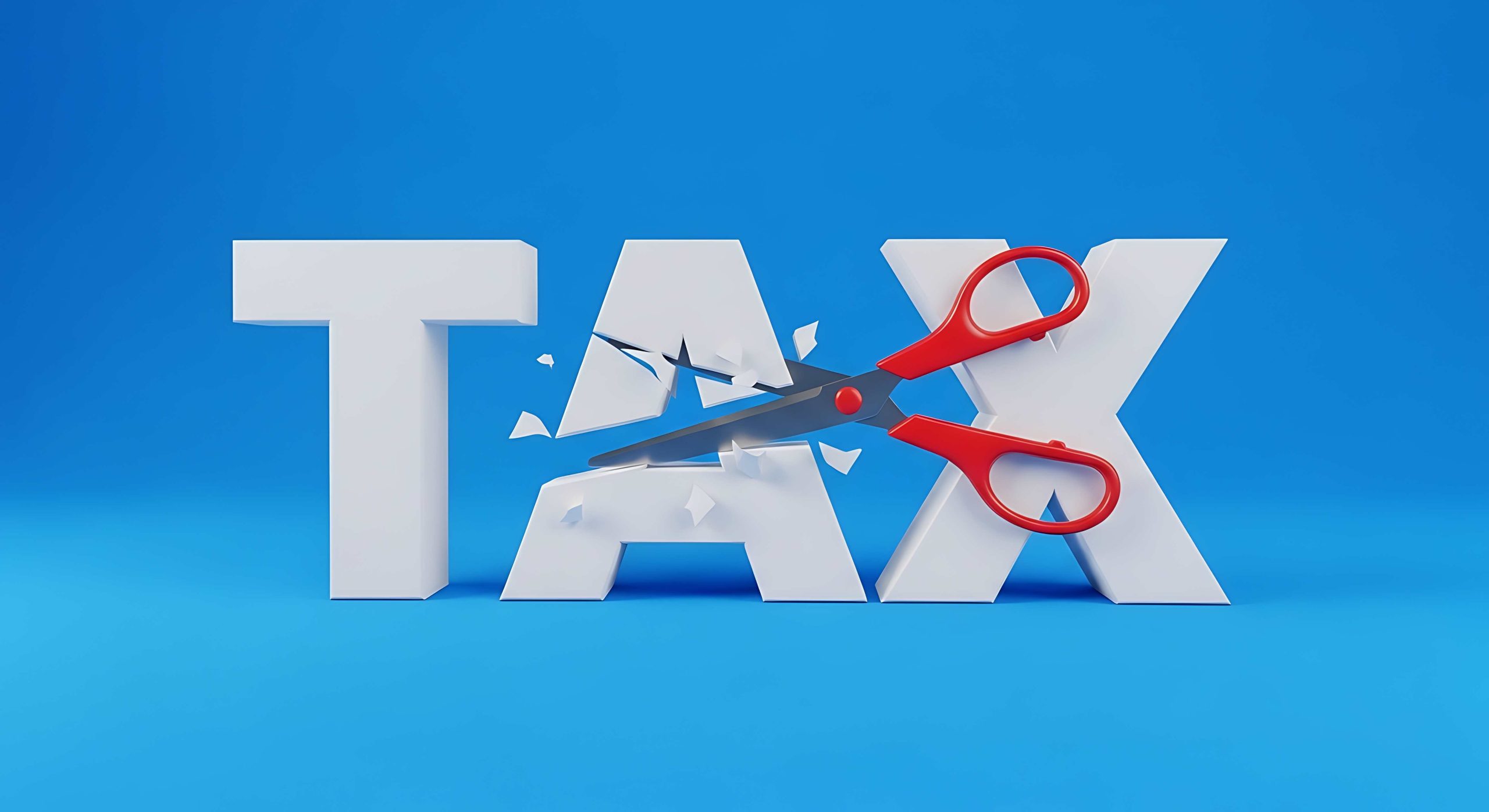For many people, December is the month where you satisfy your required minimum distribution (RMD) from your retirement account for the calendar year. If this is you, read this article before making your RMD.
A lot has changed since 2019. You may have taken an RMD last year, or were expecting to have to take an RMD this year because you are turning 70 ½ in 2020. This may no longer be true.
Let’s see what has changed and whether you’ll be affected.
(Spoiler alert: one of these most definitely will affect you!)
RMD Rules After the SECURE Act
On December 20, 2019, the SECURE Act became law. The law made several changes to retirement accounts, particularly concerning how non-spouse beneficiaries are now required to take distributions from inherited retirement plans. Another change pertinent to this article was the increase in the age at which you are required to take distributions from a retirement account. Before the SECURE Act, the age was 70 ½. Beginning January 1, 2020, anyone who had not yet turned age 70 ½ as of December 31, 2019, received an extension. The age at which you have to start taking distributions is now increased to age 72.
This cutoff date makes for an interesting situation as someone born June 30, 1949, would be required to take an RMD, but someone born one day later, on July 1, 1949, could wait until 2021 before taking the distribution.
RMD Rules after the CARES Act
These rules apply to everyone.
The CARES Act passed on March 27, 2020, in response to the economic hardship created by most of the economy’s shuttering in the early part of the year. The CARES Act provided $2.2 Trillion of stimulus to individuals and businesses and contained some income tax provisions designed to give individuals additional tax relief.
One of the key income tax components was the suspension of all RMDs for 2020. This applied to all RMDs, including inherited IRAs and employer-sponsored plans.
The suspension of RMDs has led to an interesting dilemma. Should you take your RMD in 2020 if you are not required to do so? If you need the funds from your retirement account for living expenses, then you have no choice but to take the distribution. Only take the amount you need.
If you don’t need to take the money for living expenses or have another place to take funds from to pay for living expenses, then not taking a distribution from your retirement account may be the better choice. Not only will you reduce your income taxes for 2020, but the funds left in the account can continue to grow tax-deferred.
So what about 2021? So far, RMDs will be back in 2021. The good news is that you only need to take one distribution in 2021, which is calculated the same way you always do. The 2020 amount you would have normally been required to withdraw simply disappears as if 2020 never occurred, something we all wish would have happened.
If you have questions about this change and how it impacts your required minimum distribution requirement, contact us.



